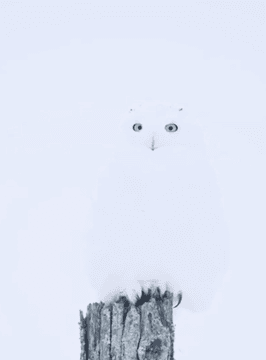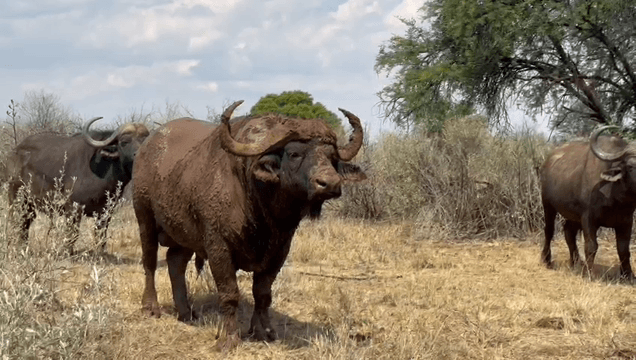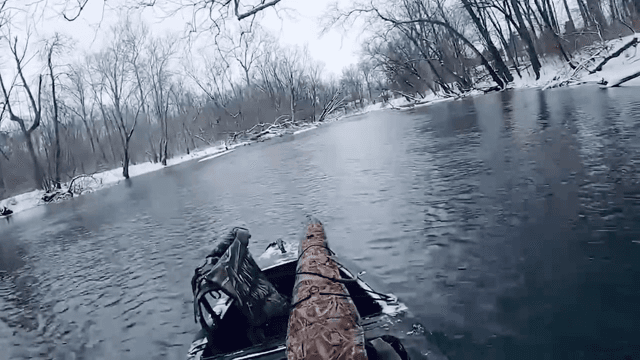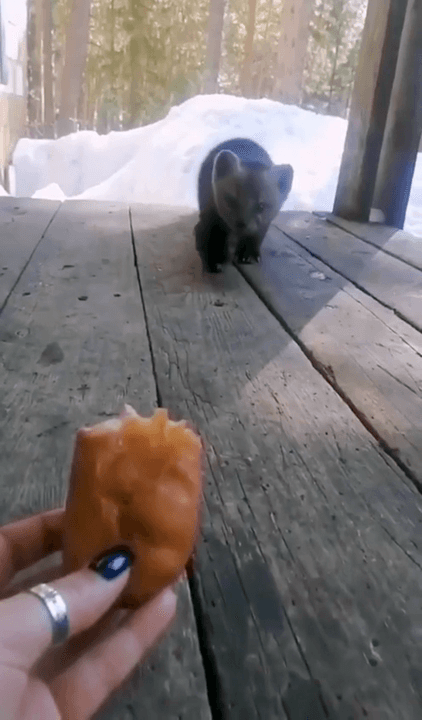
El Yunque National Forest, Puerto Rico Nestled in the Spanish Caribbean island of Puerto Rico, El Yunque is the only tropical rainforest located in North America. Home to an abundance of wildlife and flora, you’ll find the perfect waterfall for your next Instagram post.
Post: 13 June 10:45















































